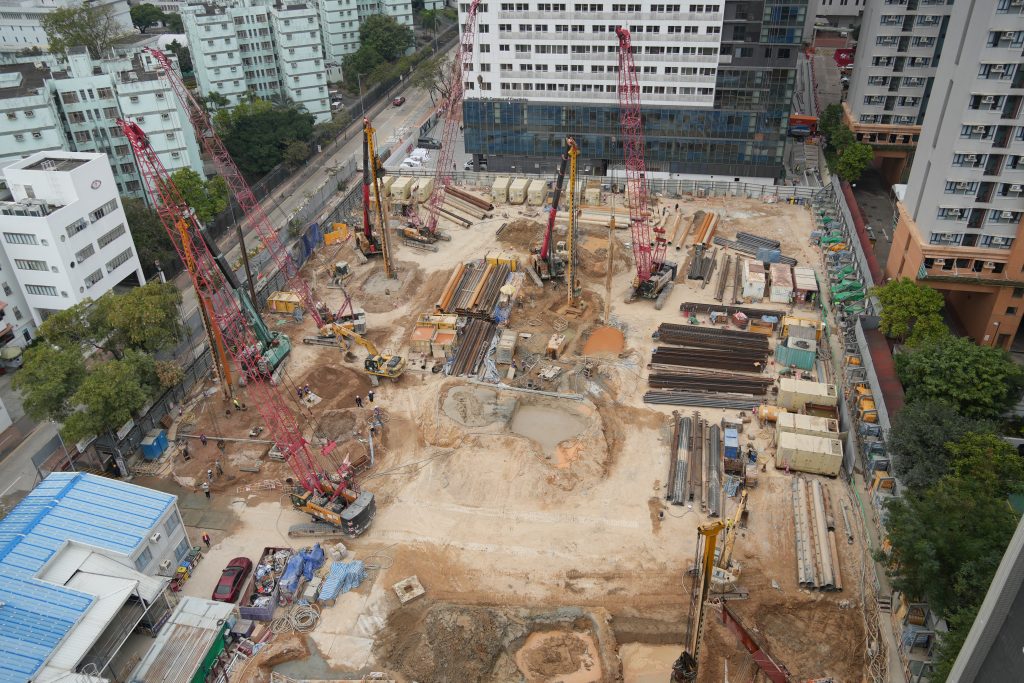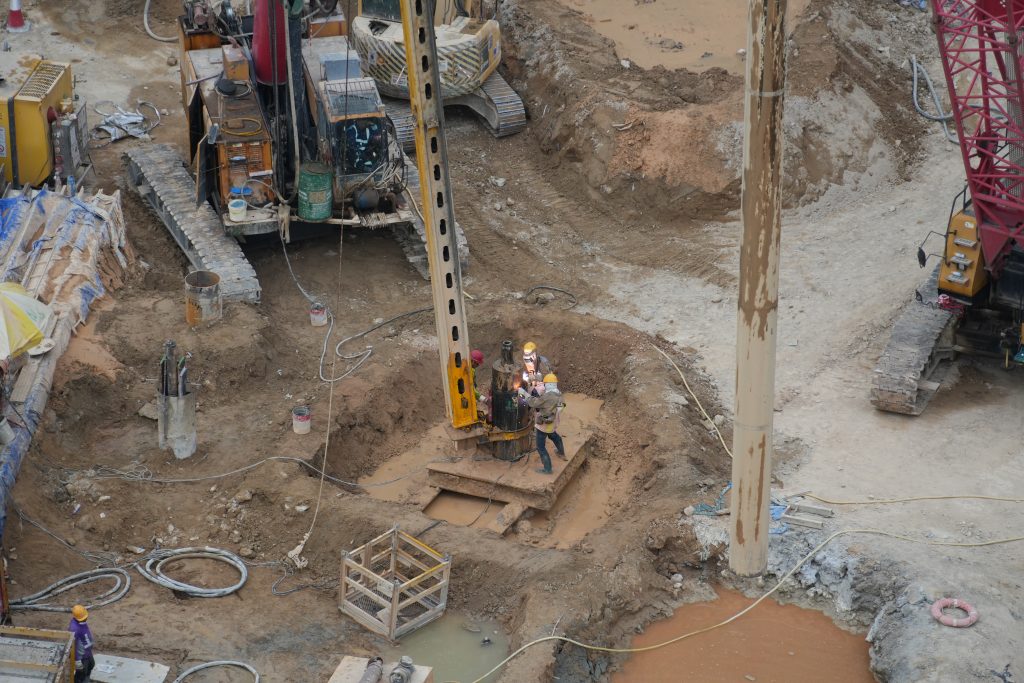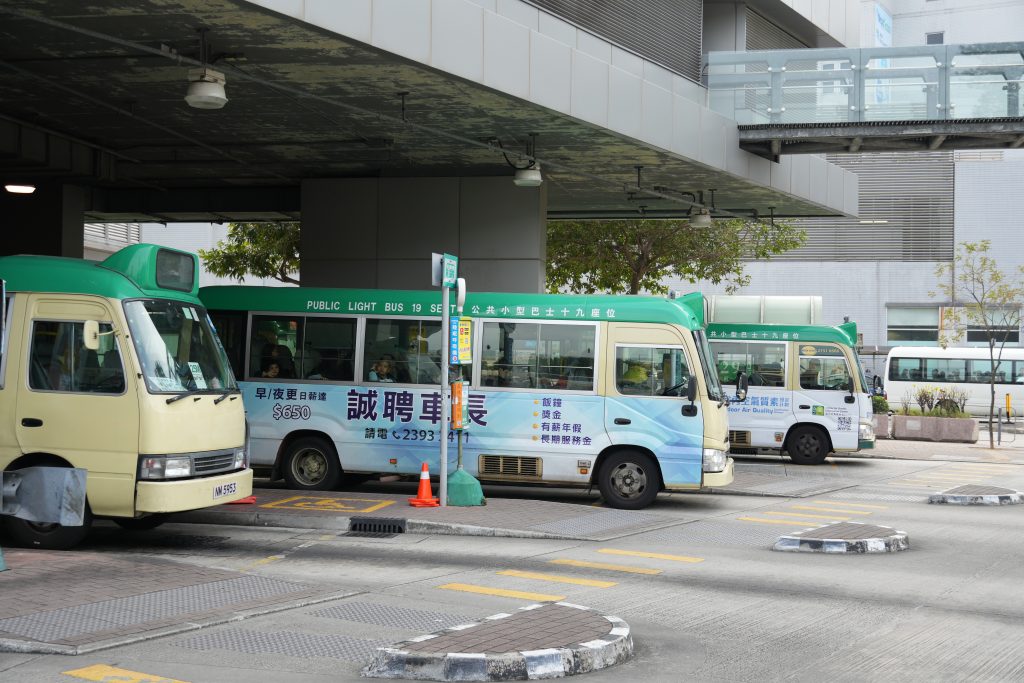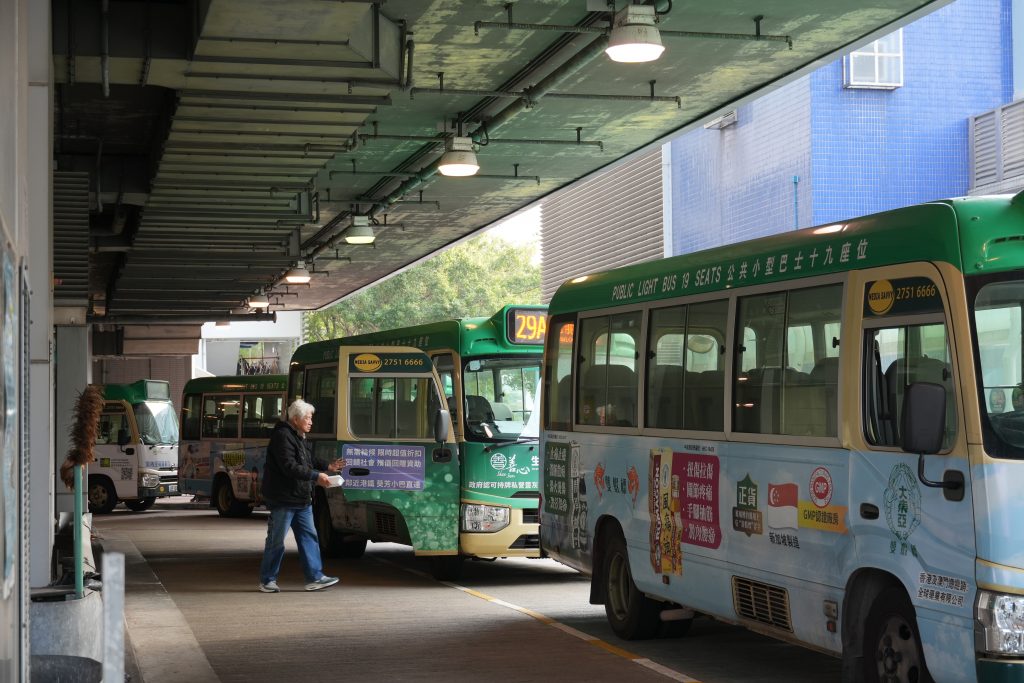It has been six months since the government launched various labour importation schemes aimed at addressing a labour shortage in the construction and transportation sectors.
Last year, Hong Kong saw a manpower shortage of 17,500-24,000 in the construction industry, and 3,600 public light bus and coach drivers, according to Legco figures.
But labour unions say the government should instead focus on fixing the flaws in labour protection laws in order to promote local employment and sustain the workforce.

Construction: Labour importation threatens local job opportunities
According to a press release from the Hong Kong Construction Association in January, the first workforce demand survey result after the start of the importation scheme shows a shortage of 8,208 workers.
The government has approved 4,680 out of the 12,000 applications in the first round for 20 construction contracts.
HKCA supports the scheme as a supplementary measure to resolve the urgent labour shortage but expects the government to enhance labour sustainability by introducing multiple measures, including hiring new blood in the industries, utilising technologies, and providing more training to the existing workforce as the scheme is not permanent.
Ng Wai-leung, Equity Director of the Hong Kong Construction Industry Employees General Union said that the highly mobile work nature of construction work makes it hard to safeguard job vacancies for local workers.
“We would only import labour when the workload exceeds the demand. We should only aim to fill up the short-term manpower gaps,” said Ng. “When the demand shrinks, it is really unacceptable that companies fire local workers before imported ones. Instead, imported workers should go home once they are not engaged in any projects.”

According to Ng, many imported labour are working on the Third Airport Runway System at Hong Kong International Airport. He hoped that the agencies and government can provide language courses and training for the imported labour to enhance overall working efficiency.
The sudden surge in labour demand is brought about by former Chief Executive, Carrie Lam Cheng Yuet-ngor’s promotion of large-scale projects.
However, around 45% of 284,000 local registered workers were aged 50 or above as of October 2023, according to HKCA.
“Do we really need that much labour for the projects including civil engineering, buildings and house maintenance? The imported ones are less familiar with different aspects in our sectors,” said Ng. “Currently, most of our local labour responsible for physical work is 50 to 65 years old, and the young people who are willing to enter our industry aim for a more comfortable workspace, such as safety directors and office clerks.”
Ng agreed with HKCA’s urge that the government should provide incentives and nurture younger labour to ensure employment sustainability.
Public light bus: Low salary is the biggest concern
According to the Transport Department, there were 166,128 licensed public light bus drivers in November 2023, down 0.3% from the year-end of 2022, and 1.5% from the year-end of 2020.
The Government launched the “Labour Importation Scheme For Transport Sector” to address the shortage of public light bus drivers.
Chan Fung-yuen, director of the Motor Transport Workers General Union (Public Light Bus Branch), said that Hong Kong’s road situation may be too complicated for imported drivers.
“Imported workers may not be coming from first-tier cities, and thus their roads are probably not as busy and complex as Hong Kong’s,” said Chan. “They may not be able to adapt to Hong Kong’s fast pace.”

“Currently, most of the public light bus drivers are elderly with an average age of 70 to 80 years, and the majority are retired franchised bus drivers,” said Chan. “The local workforce, especially the younger generations, is unwilling to join the industry.”
“Public light bus drivers are the least protected workers among all sectors and covered by the least amount of welfare, yet it is a tough job,” said Chan. “How would anyone want to join the industry?”
According to the Transport Department, the median wage of a minibus driver was HK$14,300 for working eight hours a day, 26 days a month.
That is lower than the median wage of HK$19,300 for coach drivers who work the same hours, and HK$22,300 for cross-boundary bus drivers who work nine hours a day, 26 days a month.
“The salaries of public light bus drivers vary a lot, and most of the time they cannot support their families,” said Chan. “The minimum hourly wage [of minibus drivers] should be raised to HK$80 per hour and their welfare should be improved in order to attract young people to become minibus drivers.”
“I support the labour union’s view” said Chan Wing-kwok, 73, a full-time public light bus driver. “The current regulation is just not enough to protect the industry’s workforce.”
Chan believes the labour importation scheme is a waste of money. Instead, he wants the government to focus on improving the salary and welfare of existing drivers.
Wong Wah-sing, 70, also a full-time minibus driver, said otherwise.
“I don’t have a strong opinion regarding labour importation. It really depends on how one sees it,” said Wong. “As long as these drivers are licensed, I think it is fine.”
Wong also said that the current labour protection regulations are insufficient and must be improved to retain the labour force.

In the 2023 Policy Address, Chief Executive John Lee Ka-chiu introduced various measures to strengthen local workforce protection, including schemes that encourage elderly and middle-aged persons to rejoin the labour force with allowance incentives, as well as raising the minimum hourly wage.
But Wong believed the ageing workforce is not sustainable in the long term.
“Drivers are ageing, they require body checks more frequently, and their reaction time is only getting slower,” Wong said. “I believe it is adding to the labour shortage that we have today.”
《The Young Reporter》
The Young Reporter (TYR) started as a newspaper in 1969. Today, it is published across multiple media platforms and updated constantly to bring the latest news and analyses to its readers.

Hong Kong bus companies driving toward carbon neutrality

“Art March 2024”: tourists welcome new ovoid installations with full bookings in the opening week




Comments